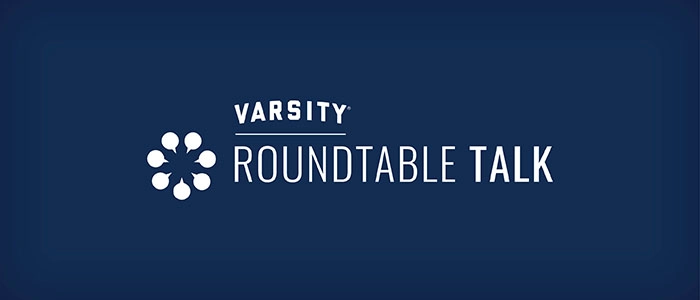In our recent Sales and Marketing Roundtable, experts Onawa Gigliotti and Samantha Adler from SEA Conflict Consulting illuminated how conflict, while inevitable, can foster innovation and stronger teamwork, especially in senior living sales. Their strategies focus on building communication and trust to improve team dynamics.
They shared fresh perspectives on mediation and conflict resolution, highlighting the power of open-ended questions and cultural awareness. These techniques help transform disputes into opportunities for creative solutions and enhanced collaboration, promoting a positive and cohesive work environment.
UNPACKING MEDIATION, DEESCALATION, AND CONFLICT RESOLUTION
Understanding the unique roles of mediation, deescalation, and conflict resolution is essential for fostering effective communication and lasting solutions. Mediation focuses on facilitative dialogue, deescalation addresses immediate tension, and conflict resolution tackles core disagreements, each promoting proactive conflict management.
EMBRACING OPEN-ENDED QUESTIONS FOR EFFECTIVE COMMUNICATION
Utilizing open-ended questions in conflict and negotiation settings invites comprehensive dialogue. Techniques such as “Tell me more” and active listening help clarify issues. These open-ended techniques foster mutual understanding, transforming potentially negative interactions into constructive exchanges.
CULTURAL AWARENESS IN MEDIATION ENHANCES UNDERSTANDING
Acknowledging cultural differences is crucial in mediation. By remaining open-minded and using broad questions, mediators can avoid misinterpretations and ensure respectful, inclusive dialogues. This approach helps address systemic issues like classism and racism, fostering effective conflict resolution.
TRANSFORMING CONFLICT INTO OPPORTUNITY
Conflicts, often viewed negatively, can become productive brainstorming opportunities with the right skills and mindset. Emphasizing transparency and openness can turn disagreements into opportunities for innovation and stronger connections, promoting a positive conflict resolution approach.
Varsity’s Roundtable is a weekly virtual gathering of senior living marketers and leaders from across the nation. For updates about future weekly Roundtable gatherings, submit your name and email address here.
